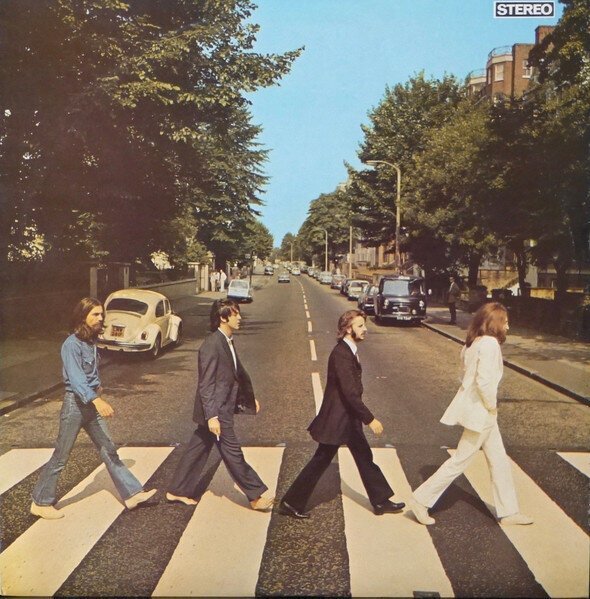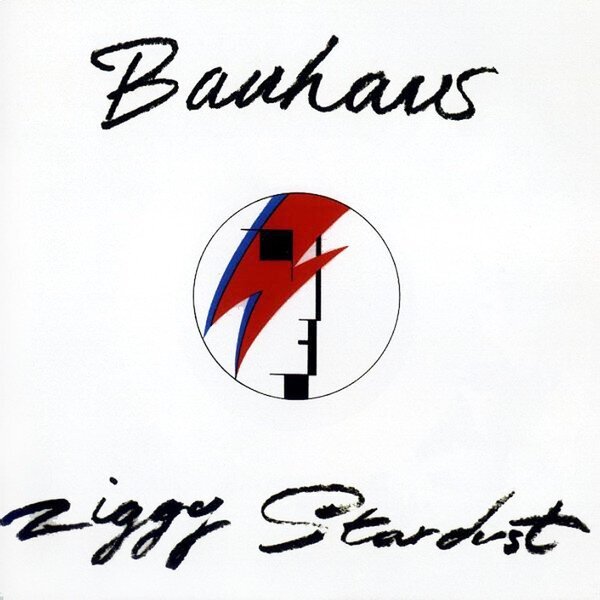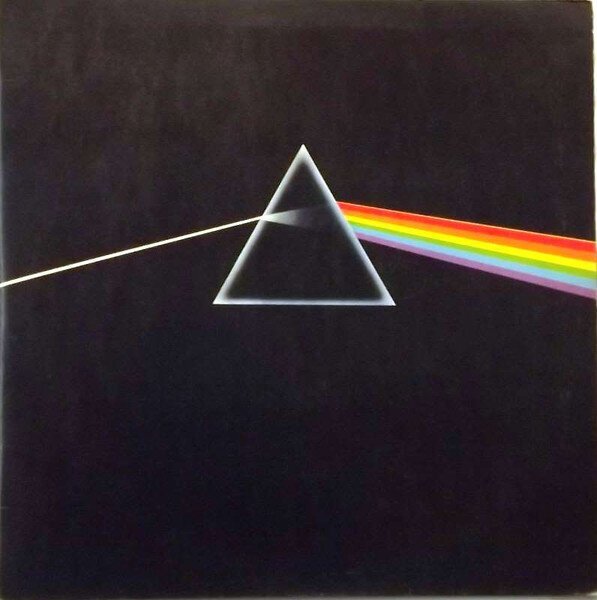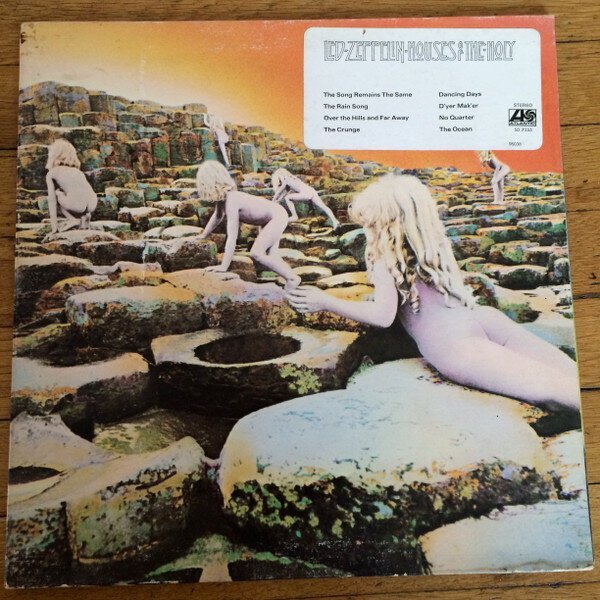From classic rock and jazz to soul, blues, and local NZ artists,
our curated selection of vintage vinyl and CDs is all about one thing —
helping you find the sound that feels just right.
 Phonograph — where recorded music began
Phonograph — where recorded music began
In the late 1800s, Thomas Edison invented the phonograph — the first machine that could
record and replay sound. From that moment, music was no longer fleeting. It could be captured, replayed,
and shared — a revolution that forever changed how we experience sound.
By the 1950s and 60s, vinyl had taken over living rooms around the world. Dropping the needle
became a ritual — the quiet crackle before the first note, the warmth of the tone, the artwork you could hold.
Then came the 70s and 80s, when vinyl wasn’t just a way to listen — it was the heartbeat of culture.
Albums like Abbey Road, Ziggy Stardust, Dark Side of the Moon, and
Houses of the Holy didn’t just define music — they defined moments in time.

Abbey Road (1969)

Ziggy Stardust (1972)

Dark Side of the Moon (1973)

Houses of the Holy (1973)
Eventually, the digital age arrived, and vinyl nearly disappeared. But true music never dies.
Today, vinyl is alive again — not just as nostalgia, but as a celebration of authenticity in an increasingly digital world.
At TRON Records, we believe vinyl is more than a format — it’s a feeling. The gentle crackle before
the song begins, the weight of the record in your hands, the art that tells its own story. It’s a reminder that
listening can still be a slow, beautiful act of care.
Our collection spans from global icons like The Beatles, Bowie, Pink Floyd, and Led Zeppelin to
local NZ artists who keep the spirit of live music alive. Rock, jazz, blues, funk, soul, punk, metal, country,
R&B — whatever speaks to you, you’ll find it spinning here.
Each record is carefully labelled with:
- The price
- Artist name
- Album name
- Format
- Country of origin
- Release year
- Reference number
- Condition of media and sleeve
Vinyl comes in many forms, and each has its own rhythm and charm.
From the compact 7-inch single that captured a moment in time, to the full-length LPs that shaped generations,
every size carries a story worth spinning.
From the crackle of vinyl to the shine of compact discs — every format carries a story of its own.